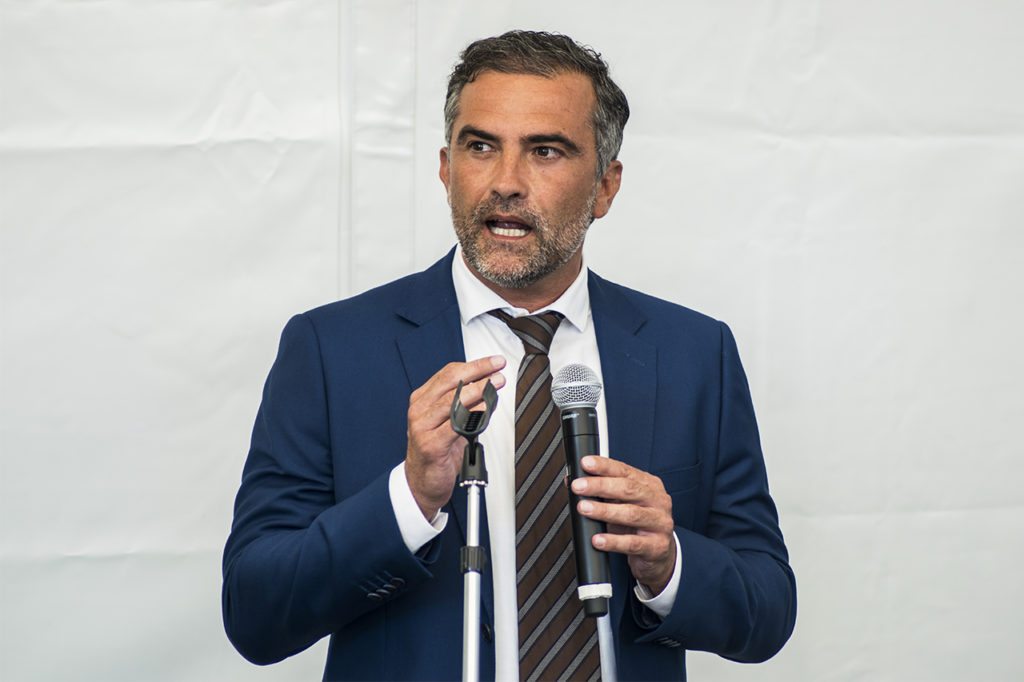The worsening of the drought in the Algarve should force reflection on the region's development model to define which activities may have a future in a scenario of water scarcity, defended the president of the Intermunicipal Community of the Algarve (AMAL).
«What we are doing is, at least, ensuring that there is no shortage of water for the urban water cycle and, then, it is necessary to think about what activities, what type of agricultural production can be carried out, with water becoming less and less» , told Lusa António Miguel Pina.
Part of the leeward (east) is in severe drought, but the barlavento (west) is also suffering from the worsening of the situation, according to the president of AMAL, investments are being made to guarantee the sharing of water in the different reservoirs, between leeward and windward, and the increase in that capacity.
«The system [of dams] has communication [between the windward and the leeward], but it is necessary to increase that capacity, because it may be necessary to transfer a greater volume of water from the leeward reservoirs to the leeward reservoirs», justified the also president of the dams. Olhão Town Hall.
António Miguel Pina also said that investments are being made in the networks, in order to reduce losses, others to take advantage of wastewater, mainly in supplies to golf courses, and in some cases to agriculture, and also to have new sources of water.
Among the projects to diversify the water sources that supply the region are the installation of a desalination plant in the Algarve and the capture of water from the Guadiana river, through the Pomarão, using funds from the Recovery and Resilience Plan (PRR).
«But a deeper reflection is needed, and in the medium and long term, and that is what the Pact for Water intends to do, because the development model in the Algarve has to be designed with this water variable in its definition» , defended.
António Miguel Pina considered that it is necessary «to look at who are the main consumers» of water in the Algarve, bearing in mind that «agriculture represents 60%, the urban water cycle 32% and golf 06%», to then reflect on the economic activities that are viable depending on the water that will be available in the future.
«It is also necessary to make it very clear that golf, which consumes only 06% of the water, has a gross added value equal to agriculture in our region, which consumes 60%», he observed, stressing that it is necessary to understand "if it is possible to continue to grow” with productions or certain agricultural species, but without specifying which ones.
The president of AMAL clarified that "we are not talking about removing what already exists" in agriculture in the region, but rather "talking about considering whether the growth of agricultural activity can be done in the same way that has been done until today" in the Algarve .



















Comments